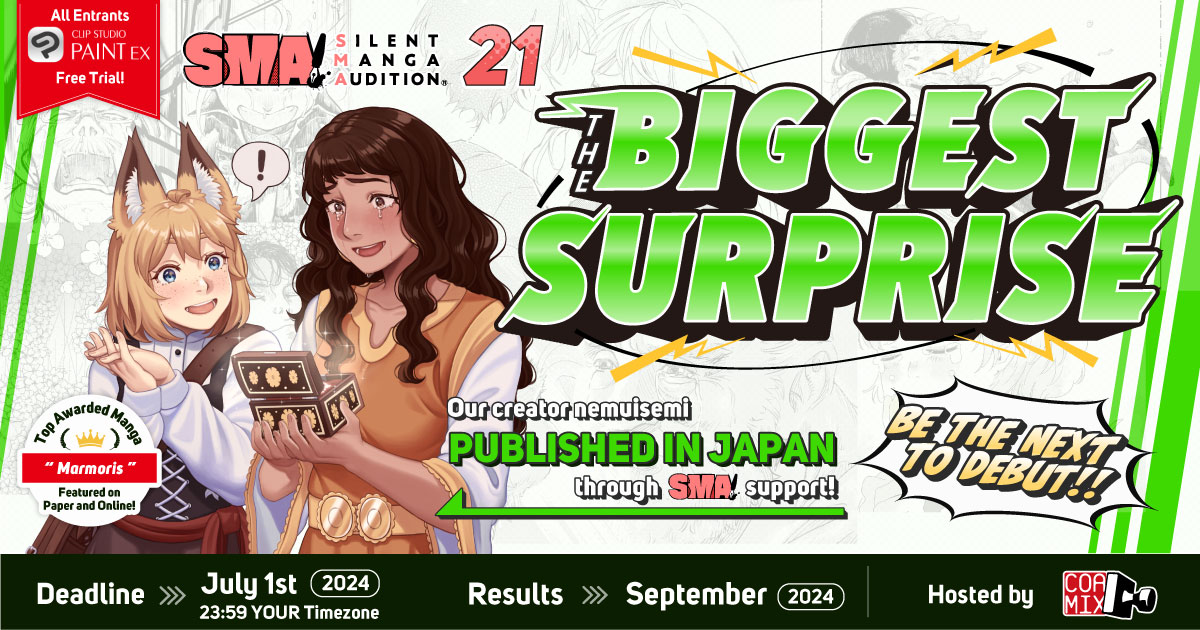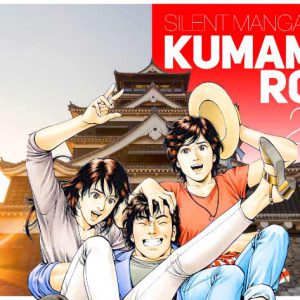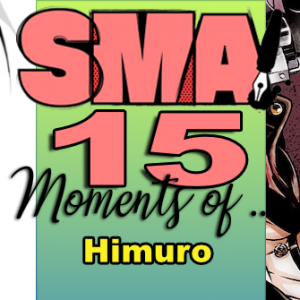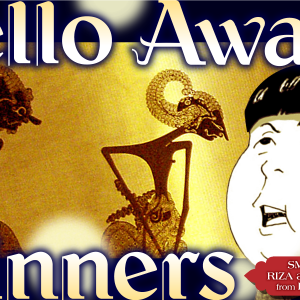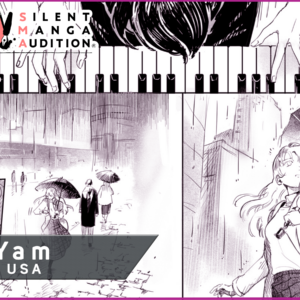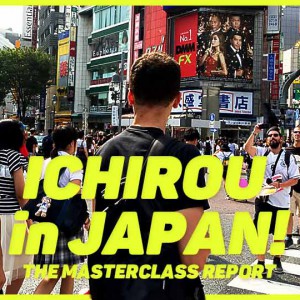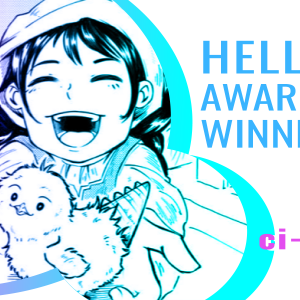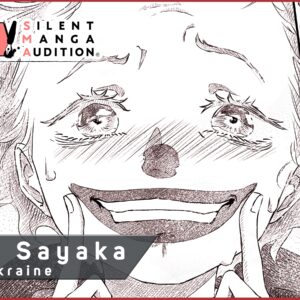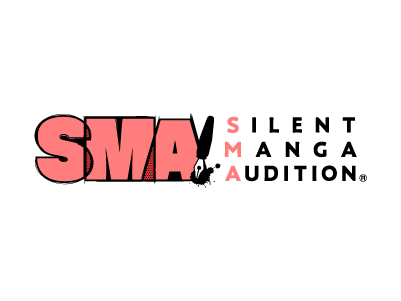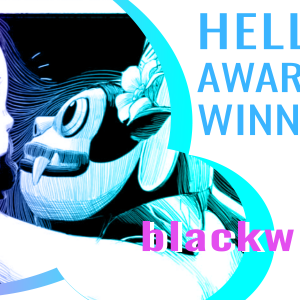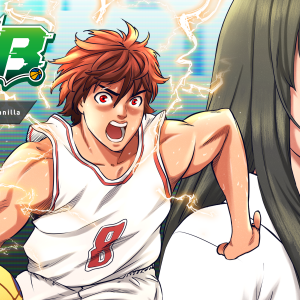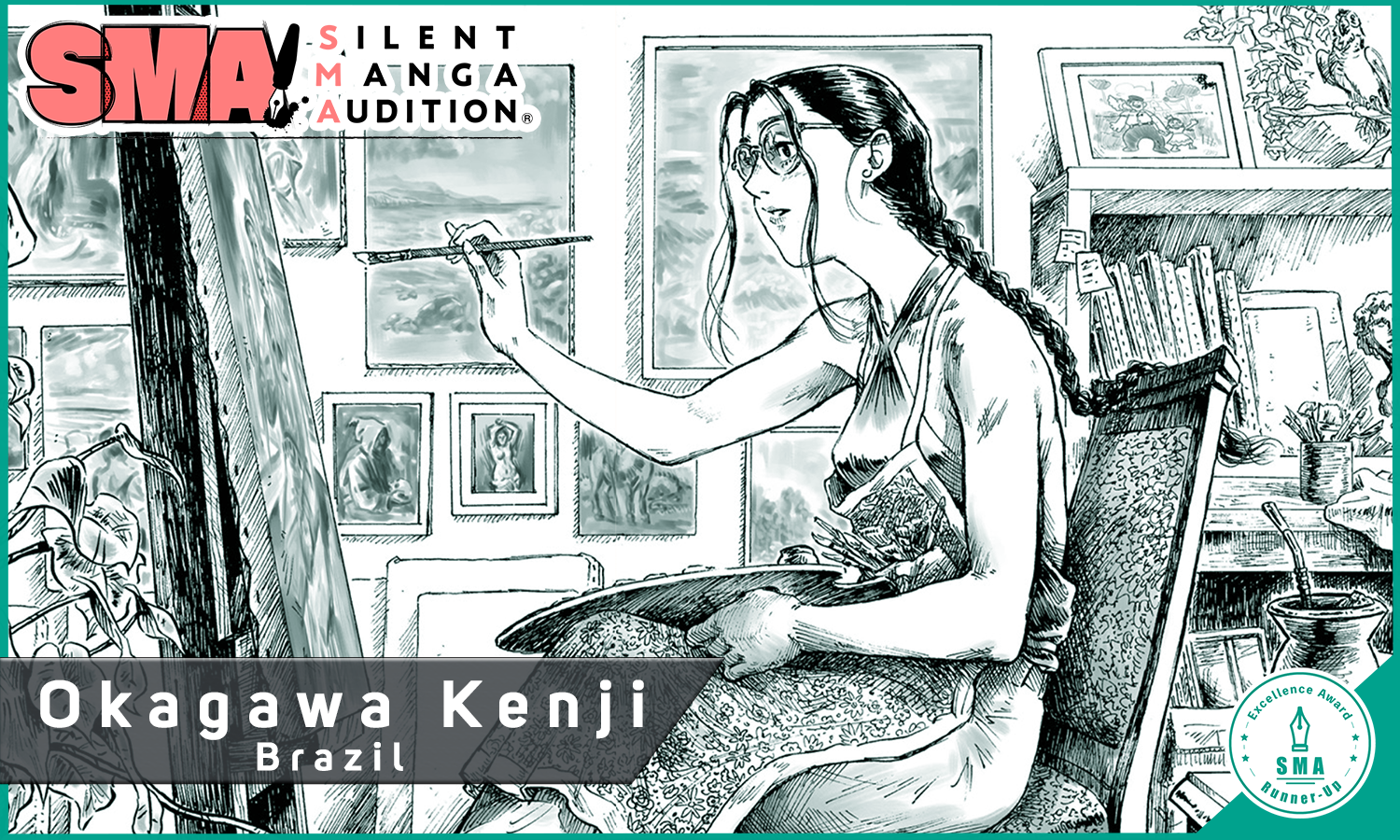
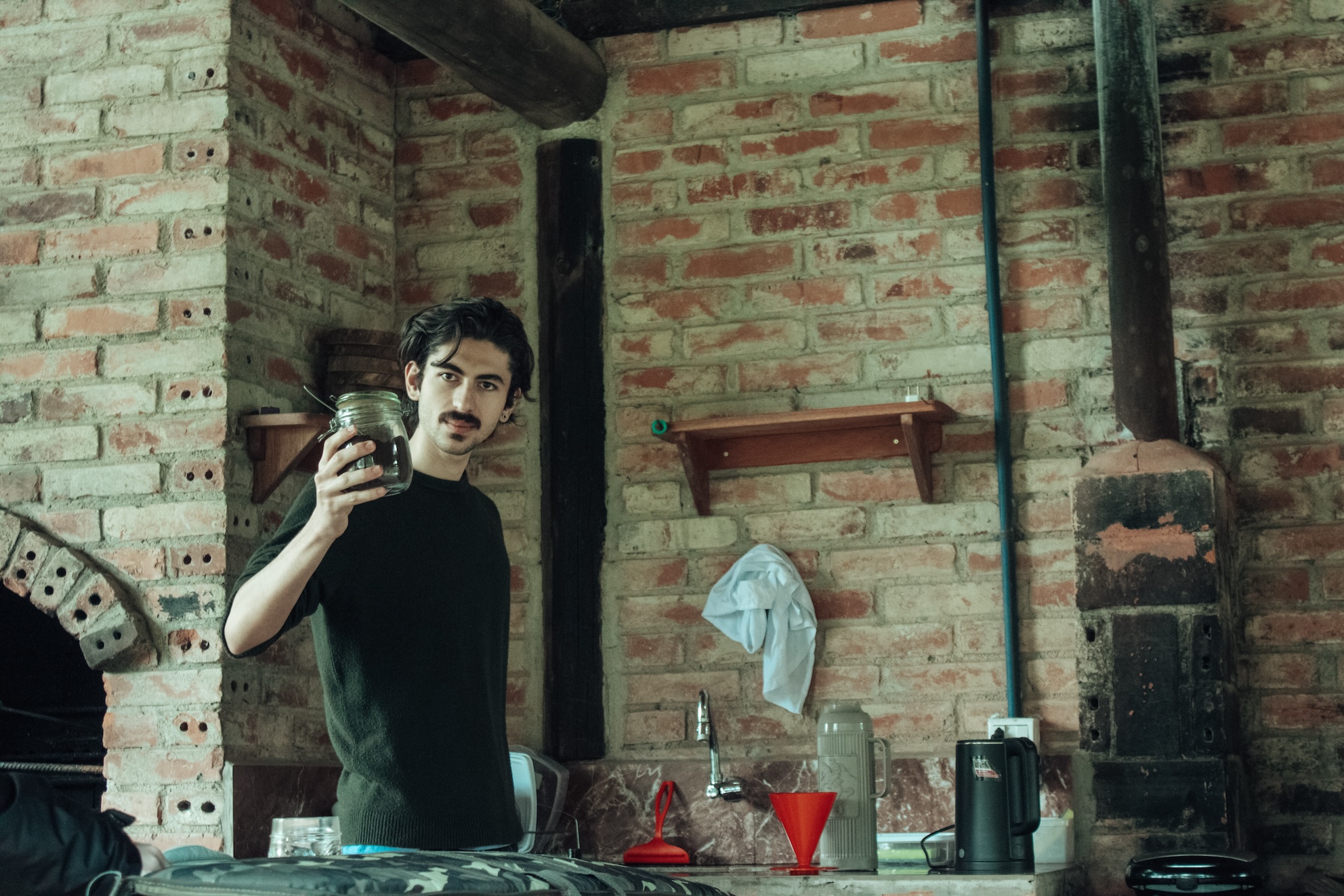
PROFILE
Pen Name: Okagawa Kenji
Age: 25
Social network profiles: Instagram: @kenjiart
Country: Brazil
Favorite manga: Slam Dunk, One Piece
Favorite movie: Castle in the Sky
Favorite quote: “Deus ao mar o perigo e o abismo deu, Mas nele é que espelhou o céu,” or “God gave the sea danger and abyss, but in it, he mirrored the sky/Heaven.”
Entry title: “Remain”
Round: SMA20: “Memorable Smile”
Award: Excellence Award Runner-Up
“For your story, think about the things you love, what you value, what you believe is important to share, and how to translate that into a story that will be beneficial to everyone who is kind enough to read it.”
About SMA
How does it feel to receive a SILENT MANGA AUDITION® award?
I am immensely grateful to win one of the Silent Manga Audition awards. It was my second time participating, and it was quite difficult to produce this work, as I developed it during a very turbulent time. I’m glad the judges appreciated it.
What was the inspiration behind your awarded work?
I live in the southern region of Brazil, where there are many trees called ‘araucaria’. At first, it was this setting that I wanted to represent. Here, too, there is a very long history of European immigration, mainly from Italy and Germany, and it seemed natural to address the issue of cultural heritage and the dialogue between the generations.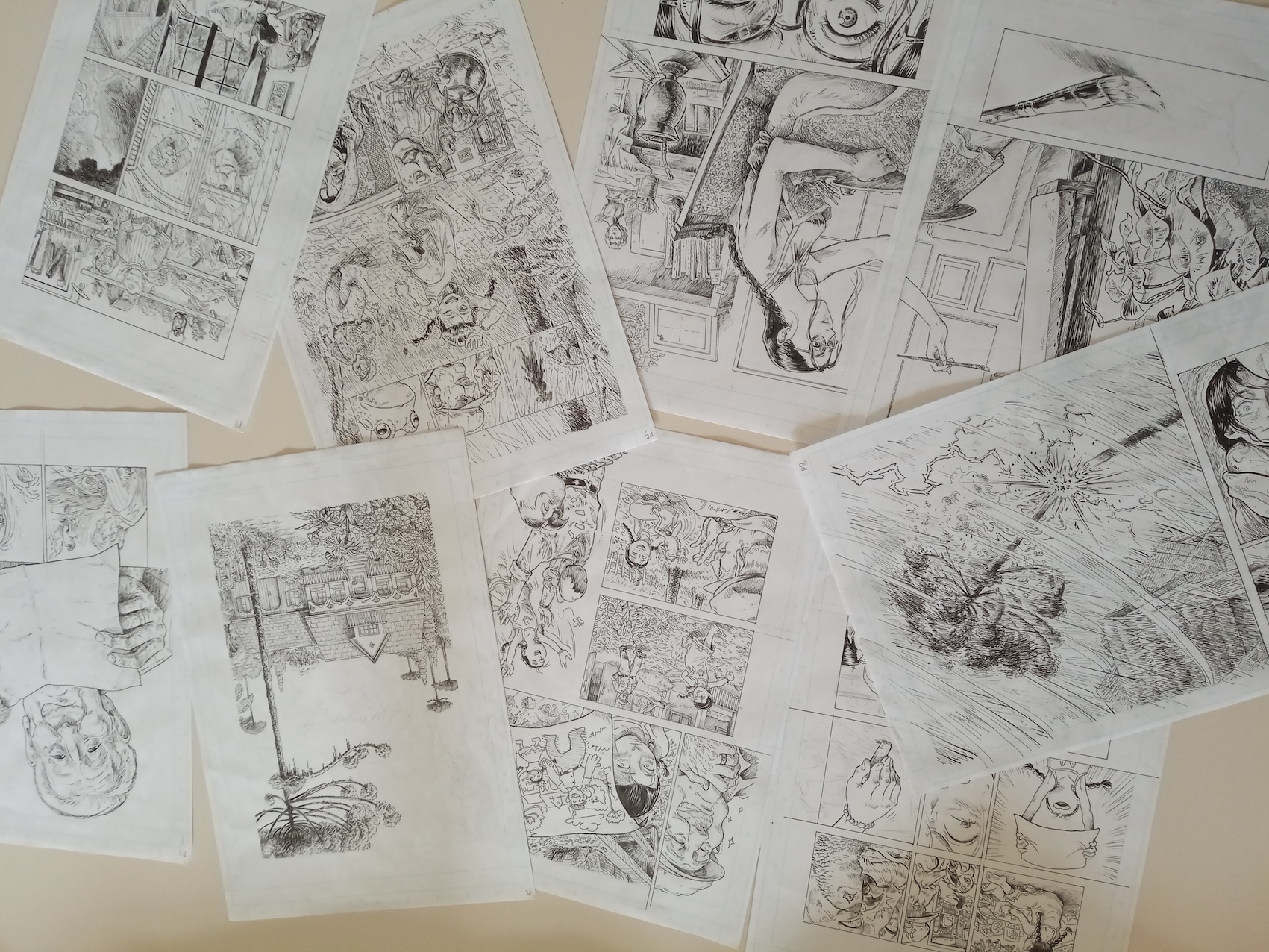
What challenges did you face while making your manga? How did you overcome them?
There were two main challenges. One was of a material nature, and the other was of a formal nature. I like to do most of the drawing traditionally, with pen, ink and paper, but it’s hard to find suitable materials at an affordable price here. Luckily, I already work as an illustrator, and I had almost everything I needed with me. The rest I was able to find on the internet. To scan the pages, I went to a print shop near my home. The second challenge was being able to conceptualize the story within the page limit, but my previous experience helped me to adapt, as this was my third manga story.
READ Kenji Okagawa’s SMA20 ENTRY HERE!
About Your Manga
How and when did you start making manga? Any advice for beginners?
Since I was a little boy, I drew comics. I continued to do so in notebooks and diaries throughout school. After I became an adult, I started studying architecture, so I stopped drawing anything that wasn’t related to that for a while. However, as soon as I graduated, I focused all my energy on developing artistically. In 2020, at the age of 21, I had my first experience of drawing a story from beginning to end. I intended to submit it to a competition, but I didn’t. Two years later, I decided to produce another manga. I submitted it for the 16th Japan International Manga Award, and my work was chosen in the bronze category. I’d like to tell beginners to choose their masters wisely, learn from those who are exceptional in the art of drawing and storytelling, read a lot, not just manga, but all the classic books they can, and, finally, to practice every single day.
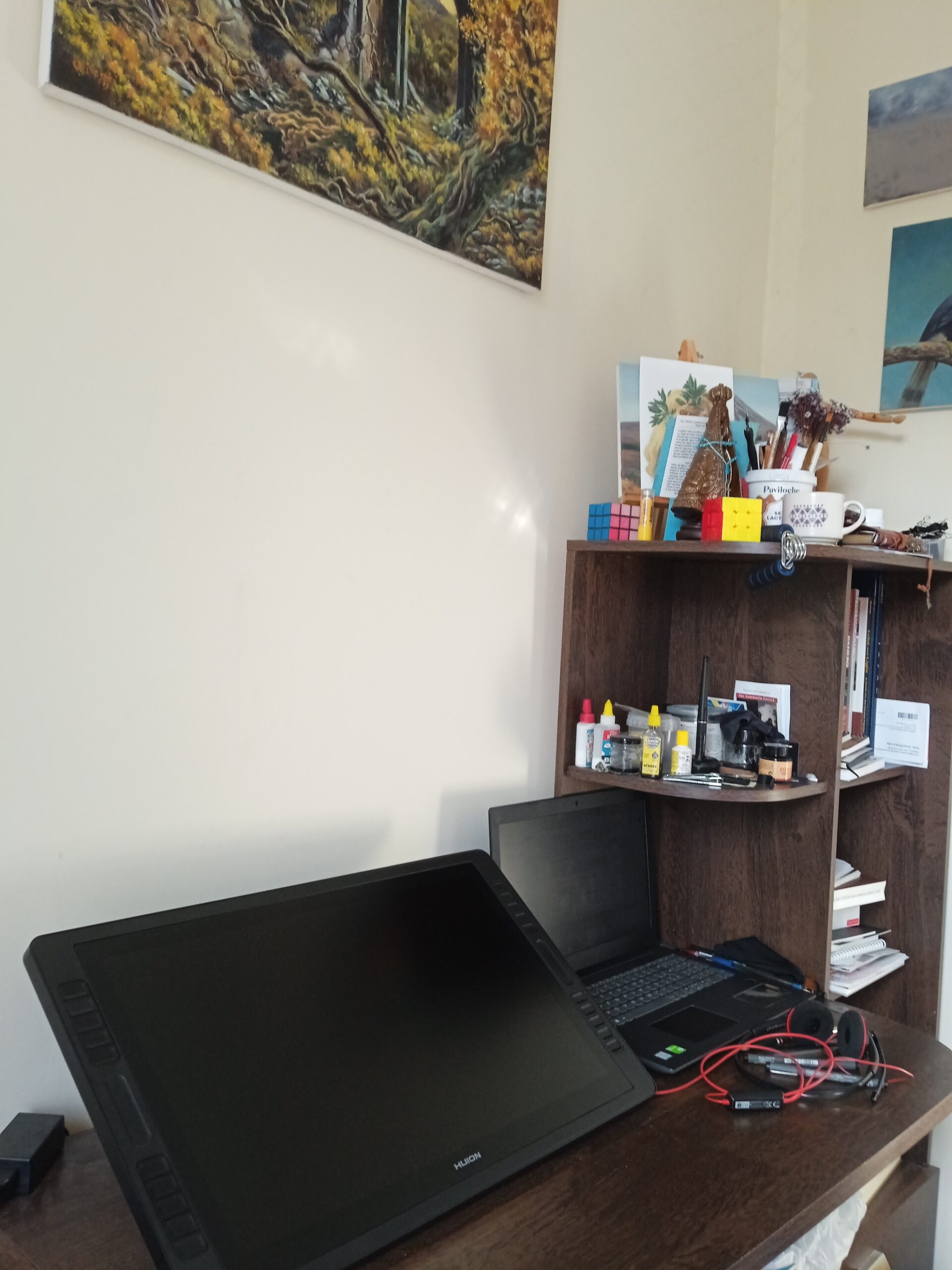
Do you draw your manga digitally or by hand? What are your go-to digital or analogue tools?
I draw everything by hand first. Later, I scan all the pages and digitally make corrections, add gray tones, and add some effects. I like to rely simply on pen, ink, and some sakura pens. On the computer I like to use Krita, Clip Studio, and Photoshop.
What was the first manga you picked up?
I believe the first manga I picked up was Monica and Friends, a very popular Brazilian title. As for Japanese manga, I first read Fairy Tail and Naruto, since the first volume of each manga was released here when I was ten years old (but I had already watched a lot of anime from a very young age).
Which manga changed your life?
Definitely One Piece. I came into contact with this title in 2007, when I lived in Toyohashi in Japan, and I immediately became a fan. Years later, back in Brazil, the publisher Panini bought the manga, and I began to follow the editions monthly. I still follow the publication of One Piece to this day. Master Oda’s style influenced me a lot. When I was at school, I even copied entire pages, and every character I created looked like someone from the manga. That’s what developed my appreciation for this form of artistic expression and entertainment.
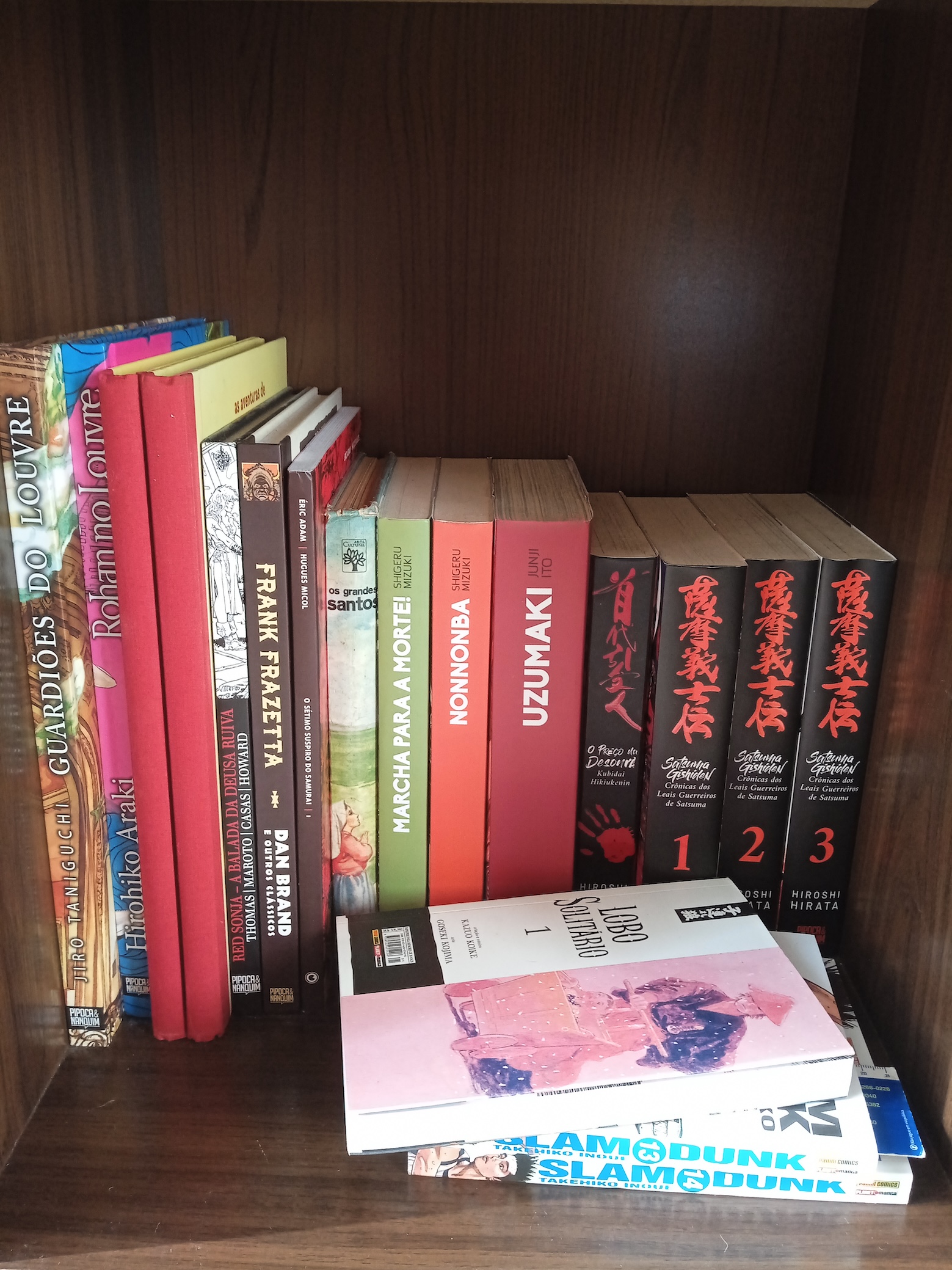
Which manga character do you most identify with? Why?
I identify with Nara Shikamaru from Naruto. I relate to him in absolutely every way. I used to excel at school in terms of academic results, but I was also a bit difficult to deal with because I wasn’t very enthusiastic. Eventually, as an adult, I came to appreciate and value the simplicity of everyday life, doing everything I can in the best way possible, and honoring my parents and family.
What kind of manga do you want to make next?
I have two scripts in progress. One is an original fantasy, and the other is a slice-of-life and coming-of-age story. I look forward to making a historical manga as well.
About You
What do you do when you’re not making manga? How do you relax?
When I am not making manga, I am either reading books or oil painting. I also like to exercise and spend time with my wonderful wife.
What industry do you work in (if manga making isn’t your primary job)?
I work in illustration (children’s books, courseware).
Where do you see your manga career in 5 years time?
Humbly, I see myself becoming the king of manga artists, at that point (or something like that). More seriously, this is my second international award, and these two experiences gave me the opportunity to meet some other artists from the area and even work with publishers in my country. I can only be glad and optimistic about continuing drawing and doing my part . I have a particular desire to work in Japan. Despite being Brazilian, I was born and lived there for a while, but I haven’t had the chance to visit this beautiful country for many years. It would be incredible to return to work with what I love.
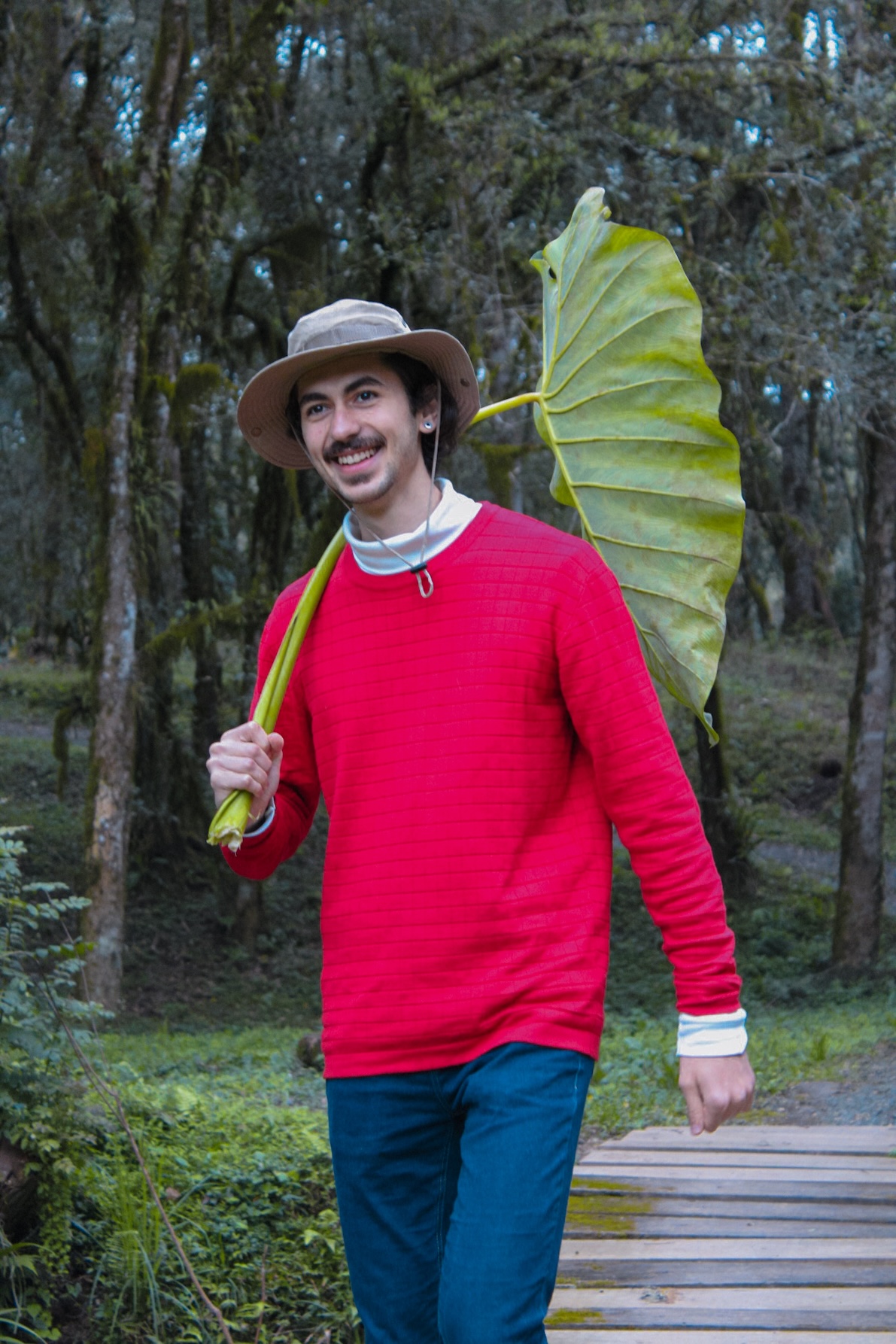
What manga making advice would you give to your younger self if you could?
Don’t be afraid to start. Every first attempt at anything seems ridiculous, and certainly your first manga won’t be an exception, but there’s no shame. We have to take the first step to move forward and go the distance.
What advice would you give to people entering the SILENT MANGA AUDITION®?
I really encourage people to take the time to read the winners from previous editions to get a better sense of what is expected in terms of quality and emotion. Don’t try to replicate exactly what you see, but try to incorporate the principles into your own style. For your story, think about the things you love, what you value, what you believe is important to share, and how to translate that into a story that will be beneficial to everyone who is kind enough to read it.
Thank you, Kenji Okagawa! We’re eagerly expecting your next manga masterpiece!
There’s time until July 1st to join SMA21 and have a chance to develop your potential as a manga creator with us in Japan! 